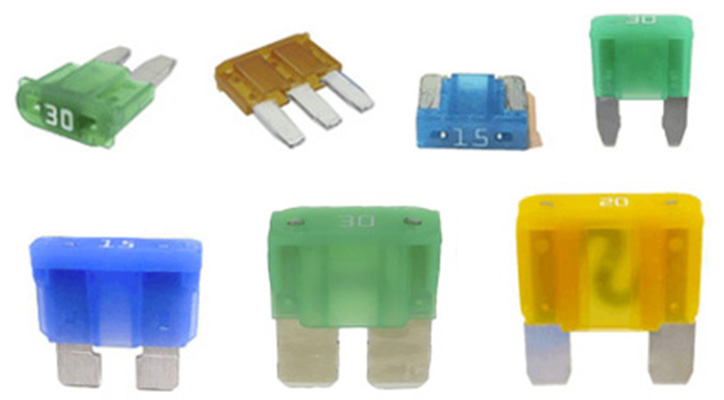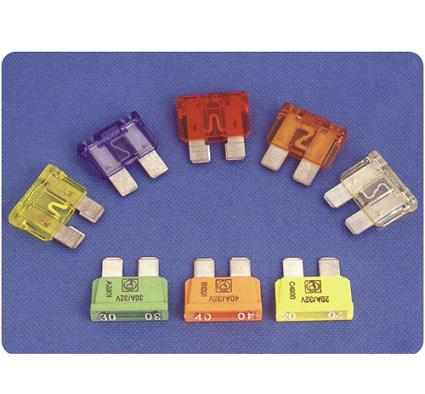Proven Effective Techniques for Accurate Selection of Auto Fuse Ratings Based on Vehicle Circuit Current Requirements
News 2025-10-24
In the automotive industry, selecting the right fuse rating is essential for protecting electrical systems from overcurrent damage. Fuses break the circuit when current exceeds safe levels, safeguarding components like wiring and electronics. With vehicles featuring complex circuits, matching fuse ratings to specific current needs prevents failures, reduces repair costs, and enhances overall safety and performance.

Key Factors in Determining Fuse Ratings
Several elements influence the choice of fuse ratings in automotive applications. The primary consideration is the maximum current a circuit can handle, which varies by system—such as 5-10 amps for interior lights or 20-30 amps for power seats. Load type, including resistive or inductive characteristics, affects selection due to differences in surge currents. Environmental factors like heat and vibration also play a role, as they can impact fuse reliability and response time in dynamic vehicle conditions.
Real-World Applications and Performance Gains
Fuse rating selection is critical in scenarios like battery management systems in electric vehicles or engine control units in traditional cars. Proper ratings ensure circuits operate efficiently without unnecessary interruptions, protecting against shorts or overloads. Benefits include improved system durability, minimized energy loss, and better compliance with safety standards, ultimately leading to enhanced vehicle longevity and reduced risk of electrical faults in daily use.
Frequently Asked Questions
1. What steps are involved in calculating the correct fuse rating?
Answer: Measure the circuit’s normal operating current and apply a safety factor, typically multiplying by 1.25, to account for peaks and ensure protection.
2. How does fuse rating affect vehicle safety?
Answer: Correct ratings prevent overheating and fires by interrupting excessive current, while incorrect ones can lead to component failure or hazards.
3. What common mistakes occur in fuse selection?
Answer: Overrating fuses to avoid frequent blowing can compromise safety, whereas underrating may cause unnecessary trips, disrupting system function.


